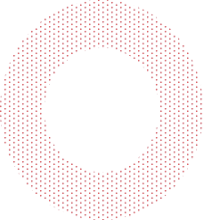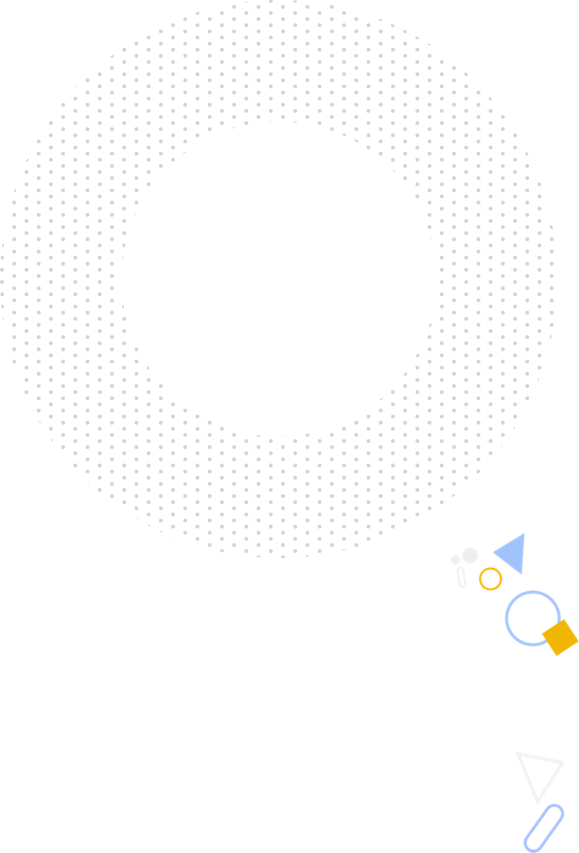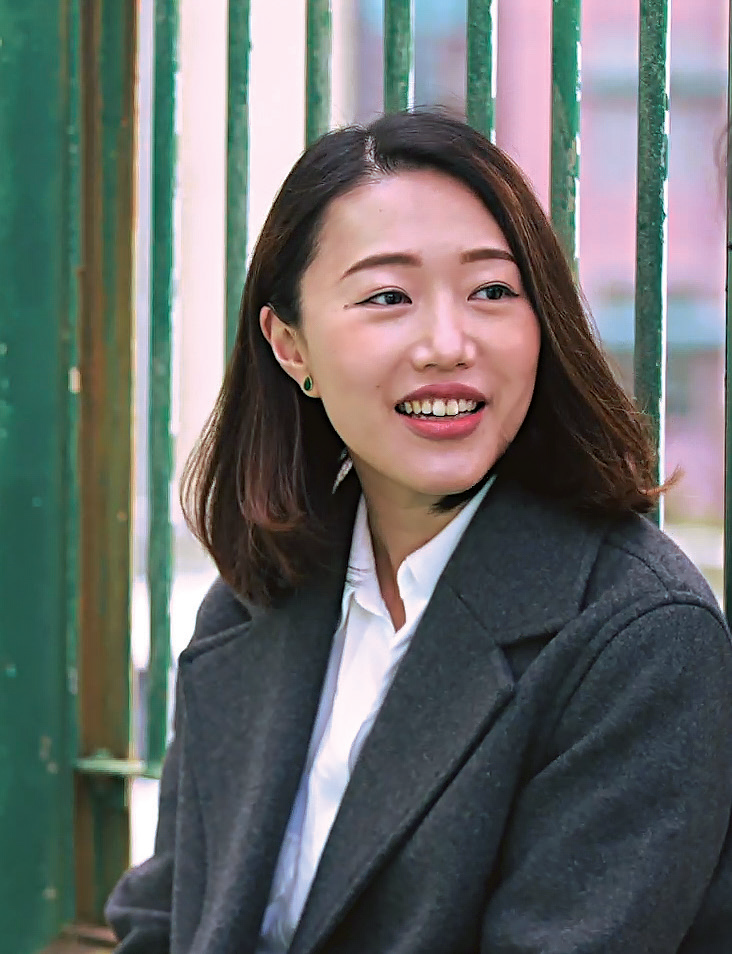



Read our students' stories that start from the CUHK and go further beyond.
"Architecture is to provide shelter for everyone. This idea greatly inspires my work."
「建築到最後就是幫每個人提供蔭蔽,這個道理深深啟發我的工作。」

Programme: We are CUHKers II 我們都是中大人 II
In Hong Kong, urban dwellers brush past vast swathes of buildings every day and night. At times, the skyscrapers can feel rather clinical. Bringing a warm, human touch into this concrete jungle is therefore the mission of architect Sarah Mui, co-founder of One Bite Design Studio.
In this most urban of cities, Sarah discovered something fascinating one day when she wandered through a nondescript street. Feeling the heat that emerged from clouds of dust, she detected an intangible yet wondrous bond between the pedestrians – it was as if they were all connected by an invisible string. It was a fascinating discovery. Since then, Sarah has been constantly on the lookout for spaces that can be made over. There is always one major goal in her mind – to illustrate that special bond within communities through architecture.
Architects do not just build aesthetically pleasing skyscrapers according to their own vision. An Architecture graduate of the Chinese University of Hong Kong, Sarah attaches great importance to the needs of end-users of buildings and how they feel. She believes the relationship between the architect and the public is complementary. “Hong Kong is very small in area, but that doesn’t mean we don’t have communities... As a ball court can be a place that brings together people in a neighbourhood, we hope to combine various elements to achieve connections within local communities,” Sarah notes.

As one walks through the tall, densely packed buildings in Tseung Kwan O, a basketball court eventually comes into sight and beckons with its colourful look. This is the Girls’ Priority Sports Ground designed by Sarah and her team. When Sarah’s team took on the project to revitalise Ming Tak Shopping Centre Rooftop, where the sports ground is located, it occurred to them that females were rare users of basketball courts in Hong Kong. That inspired them to take the revitalisation project as an opportunity to encourage more female participation in sports in general. In the various urban transformation projects she worked on, Sarah always engaged local communities. Likewise, for the sports ground project, she solicited the views of some female athletes on the Girls’ Priority Sports Ground project. In addition, her team invited a group of young people to take up part of the woodwork. The hard work of the youths added energy to the basketball court, just as the revamped court has brought a sense of human touch to the neighbourhood, unleashing the energy of the city.
The very first community project Sarah worked on was Cafe330 at her alma mater. At the time, she had just started her full-time career as an architect. Her task was to renovate the cafe, a social enterprise that employs people in recovery. Almost instantly, she noted something incongruous - the cold and somewhat sterile design of the coffee shop was out of tune with the enterprise’s objective to promote a harmonious working environment. Taking into account the physical needs of people in recovery, Sarah set out to give the place a major facelift so that the workers could work in a more employee-friendly environment. To create a warmer tone, she adopted wood as the main design material. She also reconfigured the interior to create a more spacious area for the employees to work in.
A small-scale project it might be, but the cafe renovation work gave Sarah a great sense of achievement thanks to a user’s compliment some years later. “I was very stressed one night when I worked till late in my office. I turned on the TV and by coincidence, one staff member of the coffee shop was being interviewed. He said he enjoyed going to work because of the comfortable environment there. His words were very heartening to me. I felt that I had really achieved my goal.” After all, what motivates Sarah in her work is never the glamour that comes with her profession, but the people factor, as well as the simple yet genuine feedback from end-users.
“Architecture is to provide shelter for everyone.” This notion has had a profound impact on Sarah’s works ever since she started her Architecture programme at CUHK. To her, being an architect is about constructing relationships between individuals. She strongly believes architects have the responsibility to maintain the connections between buildings and local communities through architecture.

都市人日夜於石屎森林穿梭,辦公大樓的玻璃外牆總是折射出冰冷,要為這片土地注入溫暖,是梅詩華作為建築師的使命。走在灰沉的社區中,她感受著車塵起伏間的溫度,人來人往之間,其實存在著一種無形的連繫?作為一口設計工作室共同創辦人的她,不斷發掘這個城市可以改造的空間,重新髹上色彩,凝聚街坊的能量,將社群中的連結呈現在我們眼前。
建築師不僅依循自己的規劃來興建美輪美奐的高樓大廈,畢業於中大建築學院的梅詩華更重視用家的意願和感受。她相信建築師與大眾的關係是相輔相成的:「香港的空間很小,但不代表我們沒有社區......球場可以是一個凝聚街坊的地方,我們希望集合各種元素,做到社區連結。」走在將軍澳密密麻麻的住宅高樓之中,一個色彩繽紛的籃球場格外亮眼,原來就是梅詩華團隊的作品——「女性友善」多用途運動場。梅詩華團隊在接下明德商場上蓋活化項目的時候,察覺到香港的籃球場難以找到女性的蹤影,他們希望能透過這個籃球場鼓勵女性參與運動。梅詩華素來喜歡邀請街坊一同參與改造工程,這次改造工程除了參考女性運動員的意見外,團隊更邀請了一班年青人一起做木工。年輕人的汗水為球場添加了觸感, 同樣地,這個運動場為社區增添了一份人情味,並綻放了公共屋邨中鮮見的城市活力。
回想第一個接觸社區的項目,正是中大校園內的「Cafe330」。當年梅詩華初出茅廬,回到中大翻新一間聘用復康人士的咖啡店,她留意到咖啡店內的環境總是冷冰冰的,與它強調的共融工作氣氛格格不入。梅詩華將這空間改頭換面,以木工為主的設計令咖啡店注入溫度,並考慮到復康人士的身體活動需要,重新設計咖啡店佈局,讓員工有更得心應手的工作空間。梅詩華也沒想到,這個小作品會成為自己日後的鼓勵:「有一天在辦公室工作到很晚,那段時間感到很大壓力。恰巧電視播放的節目正在訪問這間咖啡店工作的朋友,他說這個空間很舒適,令他很喜歡上班。他的說話令我十分欣慰,我真的做到自己想要達成的事情。」不需要華美的外觀,原來以人為本的初心、用家純粹而簡單的感受,便是梅詩華工作的動力。
「建築就是為每個人提供蔭蔽」,在中大修讀建築的日子裏,梅詩華已被這道理深深地影響著。建築就是要建構人和人之間的關係,如何保持與社區的連繫,正是梅詩華深信作為建築師應有的責任。



